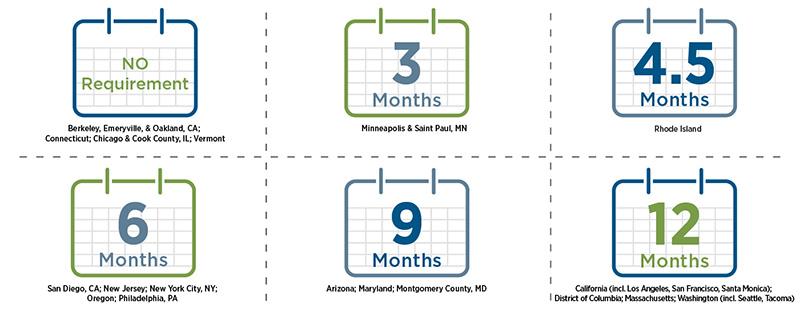Hey Compliance Warriors!
We’re officially in the holiday season. Does your organization hire seasonal employees? Well if you do this article is for you! Managing Paid Sick and Safe leave time can be tricky with regular employees but with seasonal employees it can be even more tricky. Here’s some great tips on how to manage. Read on…
Article via: www.littler.com
Many businesses will temporarily increase staffing levels for the upcoming holiday season, during which an uptick in colds and other illnesses is common. Employers may be concerned that seasonal workers will be absent on multiple occasions during their brief period of employment. Below we briefly highlight some issues for employers to consider when managing seasonal employees and paid sick and safe time (PSST).
Are Seasonal Workers Covered? Virtually all PSST laws include coverage for seasonal workers. However, depending on their length of service, seasonal workers may not meet a law’s covered employee threshold.1 California requires employees to work for 30 or more days (Los Angeles has a similar requirement), and in Vermont they must average no fewer than 18 hours per week. Chicago and Cook County, Illinois, Minneapolis and Saint Paul, Minnesota, and New York City, New York require employees to work at least 80 hours (in a year, except in Illinois where it is within a 120-day period).2 In Tacoma, Washington, employees must work more than 80 hours in a year. San Francisco, California requires employees to work for 56 or more hours, and Philadelphia, Pennsylvania requires working at least 40 hours in a year.3 In Montgomery County, Maryland, an employee must regularly work more than eight hours each week.
Waiting Periods: Employers may be able to institute a waiting period during which PSST cannot be used. Waiting period lengths vary by jurisdiction (see below4); 90 days is the most common, but lengthier waiting periods may be available generally or for seasonal employees. Whether and how long – practically speaking – a waiting period may be could depend on whether an employee is hired before or after a law takes effect, so before applying the lengthiest waiting period to an employee employers must familiarize themselves with a law’s specific requirements; particularly if former seasonal workers are rehired this year.

Reinstatement Obligations: Most, but not all, laws require that previously accrued but unused PSST be reinstated if employees are rehired within a specific timeframe (see below5). The reinstatement timeframe also varies by jurisdiction. Importantly, many laws are silent or unclear on whether employees that did not satisfy a waiting period during the initial period of employment must satisfy what would be the remainder thereof before using leave during the subsequent period of employment.6

For more information:
https://www.littler.com/publication-press/publication/managing-seasonal-employee-paid-sick-and-safe-time
Until Next Time, Be Audit-Secure!
Lisa Smith